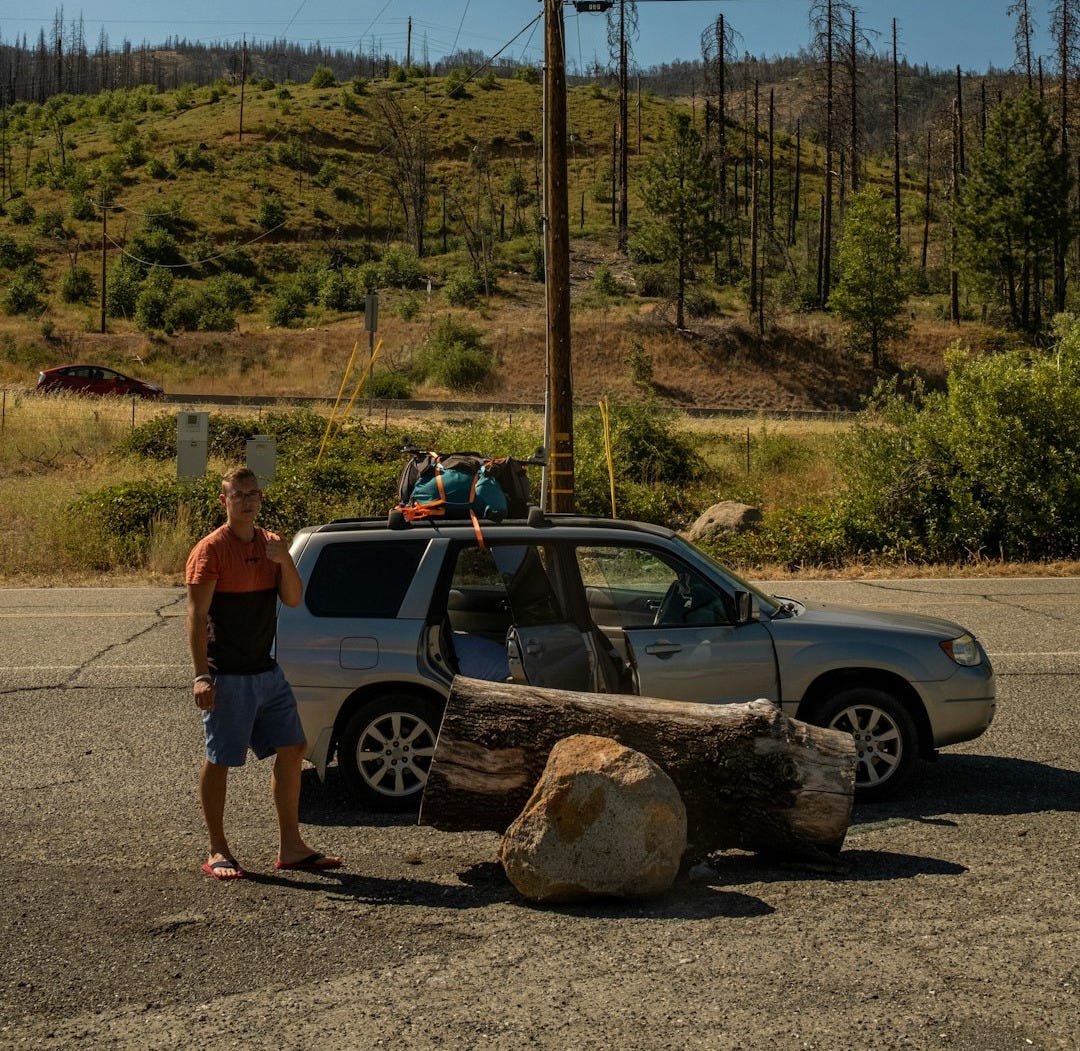In the Face of Disaster - Does Personal Preparedness Matter?
Post by Monika Weber, Emergency Manager at Boulder County Office of Disaster Management

The idea of thinking through potential disaster impacts can be alarming for communities – but by exploring the “what if” impacts that come with disasters, doing a personal risk assessment, and creating a plan of action you allow yourself the best chance of getting through as unscathed as possible. So yes, personal disaster preparedness does matter – it sets you up for the smoothest experience possible. In an otherwise uncontrollable environment, having a plan gives you mental modeling that can provide much needed grounding and allow you to start to regain control.
When it comes to personal preparedness, the list of tasks to tackle can feel overwhelming – from the amount of work to be done and time it takes to complete to the financial impacts. Then you add in the sense of helplessness that can come from feeling that some preparedness, like mitigation, won’t be effective if it’s not a community-wide effort – and start to wonder how your one individual or household set of actions can make change. These are natural concerns, and challenge us all to think about the following: What is within my scope of control and influence? Once you identify that scope, you can build a reasonable plan of action forward.
One facet that is within our scope is personal action. By breaking down preparedness tasks into bite-sized chunks you allow yourself to take action in a manageable way, and in many cases those smaller action steps require minimal time or financial investment. Assess your risks, then start with where your feel most vulnerable. You may choose to start by making a grab list of essential or sentimental items you’d want to take with you during an evacuation (this task just requires a pen, paper, and a little brain power), making the decision to always keep your vehicle half-way fueled (requires some thought around when you fill up/charge), planning with a neighbor or friend for transportation help (requires some trust and a conversation), or putting together an at home emergency kit with food, water, and lighting for a situation where you’re stuck at home (may require some extra shopping for non-perishable items, or setting aside of items, like food, a flashlight or lantern that you already have on hand). The list goes on (full list below), but breaking preparedness down into more manageable steps is a helpful way to start to make meaningful improvements. By doing so, no matter what progress you make it will land you in a better spot than where you started.
For the tasks that feel like individual work is pointless, challenge yourself to think about how you can use your support system and relationships with friends and neighbors to sway hearts and minds. For mitigation – if you have neighbors who have unattended-to vegetation that you feel poses a risk – talk with them about your concern and how you may be able to tackle the work together. Help to bring your peers in the community along on the preparedness ride and articulate your “why” behind the importance – i.e. physical safety, protection of your home, concern for the neighborhood as a whole, etc.
The personal stories and emphasis on importance of preparedness that you share with those around you will likely go further than any website, pamphlet, or workshop ever will. And remember, when imparting your preparedness wisdom to others doesn’t work, harken back to that mindset of working with what you can control. A neighboring property may have an increased risk – but think about the work you can do to adjust your own home, property, and behaviors to be as resistant to disaster-related consequences as possible. It’s also important to remember that mitigation comes in many forms – not just for wildfire, but flood, landslide, etc. (For resources for wildfire-specific mitigation lean into our local Wildfire Partners for support with home assessments). No matter what the hazard and consequences, challenge yourself to think about how you can collaborate with your support system of family, friends, and neighbors to limit impacts.
Preparedness is both an individual and community effort; individual in that we all have a responsibility to personally prepare to the best of our ability, and a community effort in that we need to create connection points and lean into those support systems to plan together. The more we do so, the more resilient we become as a whole community, and the more able we are to decrease the impacts of disaster and recovery more quickly, together.
Disaster Preparedness Checklist
Register for emergency alerts.
Sign-up at www.bocoalert.org and/or by downloading and using the ReachWell app.
Both of these options will get you the same emergency alert information, but in a different format (BOCO Alert comes through text, phone call, and e-mail, while the ReachWell app delivers the same emergency alert information through a phone app).
Create an evacuation plan – this should include at least two types of transportation you could use, multiple routes you could take, and where you would stay or meet up with loved ones.
Create a grab list of irreplaceable or critical items that you would need to take with you during an evacuation.
Create an emergency kit for your home and/or vehicle. This can consist of things like non-perishable food, water, a headlamp, backup battery for a phone, a weather radio, tools, etc. – and is useful during an evacuation, power outage, shelter-in-place, or any type of incident.
Review your insurance policy, and ensure you have adequate coverage.
Make a video or photo inventory of your property and belongings.
Mitigate your property – for wildfire specific mitigation support utilize the free home assessment program offered through Wildfire Partners.
For more on personal disaster preparedness visit www.boulderODM.gov.


